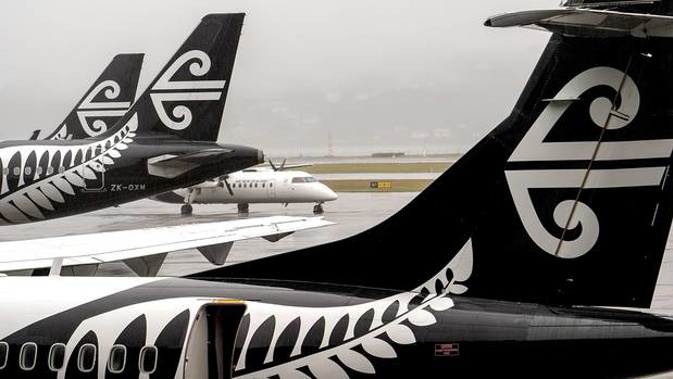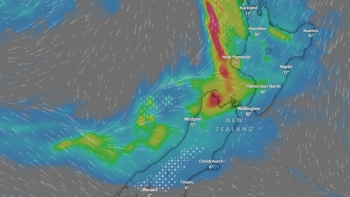
Thousands of customers will be affected by changes to Air New Zealand flight schedule over the holiday period.
The airline said the changes are necessary due to ongoing global issues impacting some Rolls-Royce engines on its Boeing 787-9 aircraft.
The airline said as many as 14,000 customers would be affected by the scheduling changes.
The most significant change announced today is the suspension of its twice-weekly seasonal Christchurch-Perth service, resulting in the cancellation of 62 flights.
The airline will also cancel its second daily Auckland-Perth service from 10 December 2019 until 5 January 2020.
Outside the Perth route, a limited number of international cancellations will also take place from 10 December-2 January as follows (all dates given in local time):
/arc-anglerfish-syd-prod-nzme.s3.amazonaws.com/public/LSKDXJ3YKBB37KAYJI7ODBPOX4.jpg)
A list of cancelled flights. Photo / File
The airline said would start processing customers' bookings this week and then start to contact affected customers directly.
Customers booked via a travel agent (including online travel agents) will be contacted by their booking agent.
Customers have been urged to go to Air New Zealand's Travel Alerts section for updates on the issue. The airline will also be using social media to keep customers informed.
Air New Zealand senior manager of customer care and communications Doug Grant said that while the airline never expected to still be facing issues with Rolls-Royce Trent 1000 engines, it's focused on minimising impact to customers.
"Going into the holiday season we're acutely aware how important travel is to our customers, and our schedule changes are designed to keep cancellations to a minimum," Grant said.
"Unfortunately, around 14,000 customers will be impacted by cancellations and we thank them in advance for their understanding."
Air New Zealand has been struggling with issues related to the Rolls Royce Trent 1000 engines since December 2017, when it first secured lease aircraft capacity to help maintain its timetable.
What's the problem with the engines?
There are in fact two engine issues. Two parts of about 380 Rolls-Royce engines on Boeing 787s that have potentially serious problems. The "Package C" variants of Rolls-Royce Trent 1000s are on some planes used by airlines including Air NZ, Norwegian, ANA, British Airways, LATAM and Virgin Atlantic. There's been concern about corrosion of turbine blades towards the back of the engines since 2016 and a replacement programme has been in place.
In December last year, turbine blades on an Air New Zealand flight to Tokyo failed, forcing an engine shutdown. Another engine abnormality the next day forced the airline to ground planes and send engines to Singapore for repairs.
A Transport Accident Investigation Commission preliminary report out today has found the failures happened before they were predicted by Rolls-Royce modelling, but found actions taken since mean extra recommendations are not needed. The latest problem relates to small blades on intermediate compressors further forward in the engines which have been found vulnerable to cracking and are now subject to extra checks.
How serious is this?
Potentially, very serious. That's why a conservative approach has been taken following the compressor alert. Twin-engine aircraft are designed and certified to fly safely for hours on just one engine if the other fails. But with the Rolls-Royce engines under scrutiny, there are concerns that if used at full power, the good engine may also suffer damage and the Federal Aviation Administration has warned there is an increased likelihood of it failing before a diversion can be completed.
Are Dreamliners lemons?
Far from it. The 787 was afflicted by well-known development and manufacturing delays which delayed the Dreamliner's introduction for years past its scheduled entry into service. There were problems with the lithium-ion batteries soon after the planes were introduced, but a fix was found. The plane has since become very popular with airlines and passengers, with promises of extra cabin comfort largely having been met.
Airlines also love the fuel economy of the aircraft, which is about 20 per cent more efficient than those it replaces. Qantas has just signed for six more of them and Hawaiian Airlines switched from Airbus A330s to 787s for its next long-haul plane.
Around 670 Dreamliners are in service and have flown the equivalent of 17 times to the sun and back.
- Staff reporter with Grant Bradley
Take your Radio, Podcasts and Music with you









